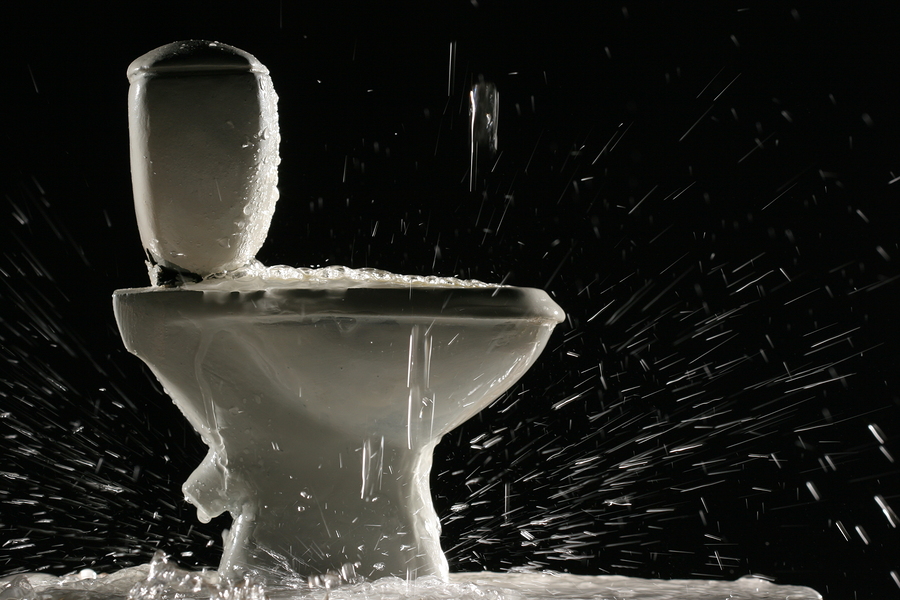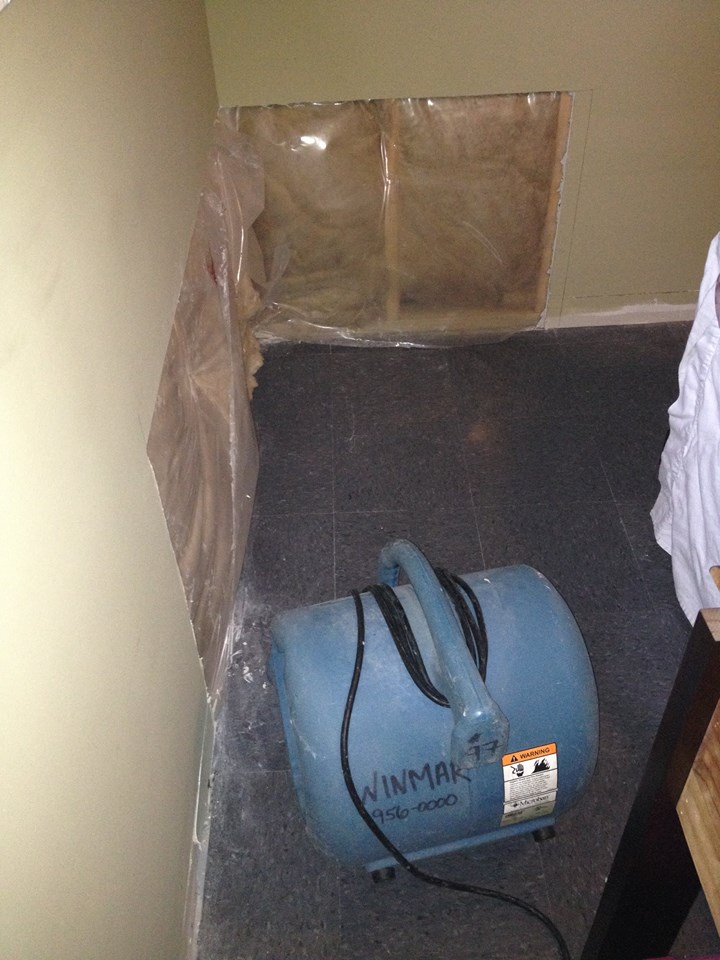When water damage occurs, immediate action must be taken in order to find the cause, fix the issue, and prevent further damage from occurring. At WINMAR® Regina, our IICRC trained technicians specialize in cleaning up water damage to your home or property. Our team of specialists is equipped with the techniques and equipment to determine the cause and repair the damages properly.
Water damage can occur at any time of the day, any day of the year, which is why WINMAR® Regina is available 24/7 for all types of emergency water damage issues in your home or business.
Category 1 Water Damage
Category 1 water sources do not cause an initial health threat. Sources include broken pipes, appliance water line failures, hot water heater ruptures, and broken toilet tanks. If Category 1 water damage is dealt with in the first 24 hours, oftentimes everything can be dried in place and minimal demolition will be required.
Category 2 Water Damage
Category 2 water sources contain some degree of contamination. These sources include appliance overflow, aquariums leaks, waterbed leaks or bursts, and falling rainwater. If Category 1 water damage is left for more than 48 hours, it becomes Category 2 water damage and will require a cleanup process similar to Category 3 water damage.
Category 3 Water Damage
Category 3 water sources always contain pathogenic agents and can be harmful to your health. These water sources include sewer backups, sea and ground surface water, toilet bowl overflows, and sump pump backups. With Category 3 water damage, all items that are contaminated need to be dealt with properly and by professionals to prevent further damage to your home & your health. Many items, including your carpet & drywall, need to be removed & properly disposed of. WINMAR® was one of the first companies to purchase an Esporta Wash system. This system safely & effectively cleans & disinfects your soft contents that have suffered water damage.

Our Process At WINMAR® Regina
Each time we work with our customers is an opportunity for our WINMAR® team to show our professional skills and how we really do make a difference.
The first step is always to meet with our customers and go over the scope of the job. We always ask our customers to remove any valuables or sentimental items from the area before we start work.
Next, we want to deal with the things that matter most to you – your belongings. WINMAR® will work with you to carefully pack & move your undamaged contents to a safe place. We will also determine which of your contaminated items can be cleaned & returned to you, and which need to be disposed of. With the help of the Esporta Wash System, we can now save up to 85% of your belongings that were damaged by water.
Next, we will deal with your home. Properly trained technicians will use their equipment to determine which areas of your walls & floor need to be removed. After the demolition is complete, WINMAR® will disinfect the area and set up drying equipment to stabilize the environment. Properly drying the water-damaged areas will prevent future damage from occurring.

Lastly, we want to meet with our customers again. We want to ensure you are happy with the work done and understand the next steps in the process. Remember, WINMAR® is here to help you put things back together too.
WINMAR® Regina's experienced and certified staff provide full-disaster service restoration for all types of loss:
With their 24 hours a day, 7 days a week, 365 days a year service they always come through for you. See more services by clicking on the show more info button below. They also offer full general contracting services to Regina and the surrounding area.General Contractor Services include:- Renovations
- New Constructions
WINMAR® knows what it takes to satisfy its customers.
'WINMAR® Coming Through For You!'
Winmar is a Trusted Regina Disaster Services, Abatement Specialist and Regina General Contractor